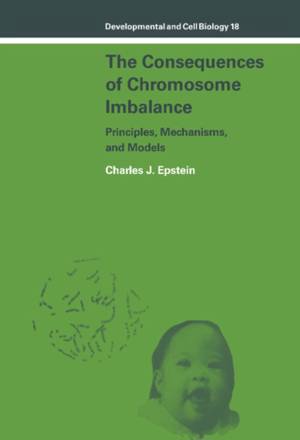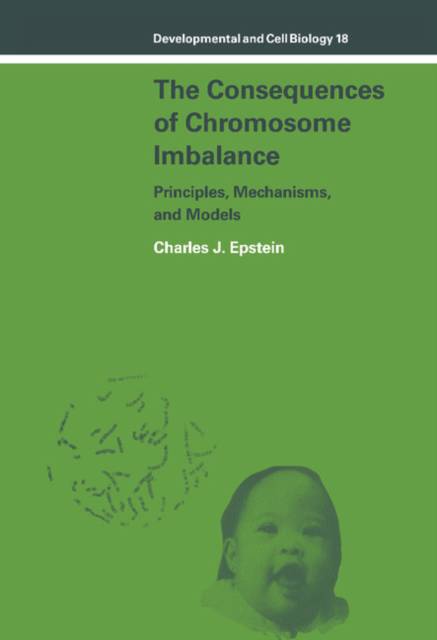
- Afhalen na 1 uur in een winkel met voorraad
- Gratis thuislevering in België vanaf € 30
- Ruim aanbod met 7 miljoen producten
- Afhalen na 1 uur in een winkel met voorraad
- Gratis thuislevering in België vanaf € 30
- Ruim aanbod met 7 miljoen producten
Zoeken
€ 289,95
+ 579 punten
Uitvoering
Omschrijving
This book considers in detail the mechanisms of a major human problem. Chromosome imbalance affects all stages of life in ways ranging from spontaneous abortion and retardation to behavioural problems and malignancy. Charles J. Epstein concerns himself with how and why a particular chromosome imbalance produces a specific phenotype. His fundamental goal is to connect chromosome aberrations with functional abnormalities in terms of gene expression, developmental and cell biology, and metabolism. Through his examination of this relationship, we learn more about normal development and function. The book begins with an exploration of several human autosomal aneuploid phenotypes, with particular emphasis on the relationship between genotype and phenotype. In the next part, broad theoretical considerations of the mechanisms which generate these phenotypes are examined with reference to studies on man and other organisms such as bacteria and mice. Experimental approaches to study the effects of aneuploidy are presented next with special attention paid to the development of model systems for studying human aneuploidy.
Specificaties
Betrokkenen
- Auteur(s):
- Uitgeverij:
Inhoud
- Aantal bladzijden:
- 510
- Taal:
- Engels
- Reeks:
- Reeksnummer:
- nr. 18
Eigenschappen
- Productcode (EAN):
- 9780521254649
- Verschijningsdatum:
- 31/05/1986
- Uitvoering:
- Hardcover
- Formaat:
- Genaaid
- Afmetingen:
- 156 mm x 234 mm
- Gewicht:
- 957 g

Alleen bij Standaard Boekhandel
+ 579 punten op je klantenkaart van Standaard Boekhandel
Beoordelingen
We publiceren alleen reviews die voldoen aan de voorwaarden voor reviews. Bekijk onze voorwaarden voor reviews.











